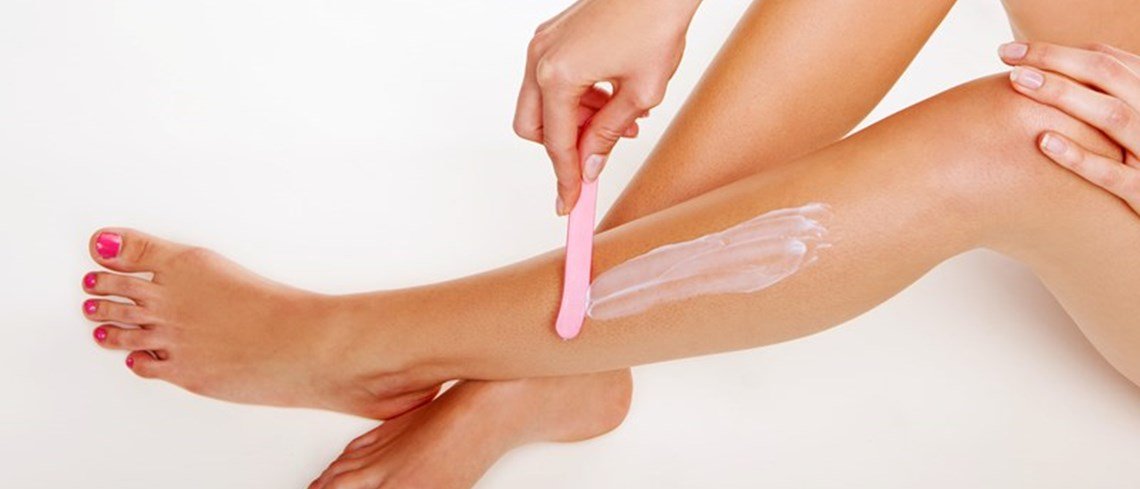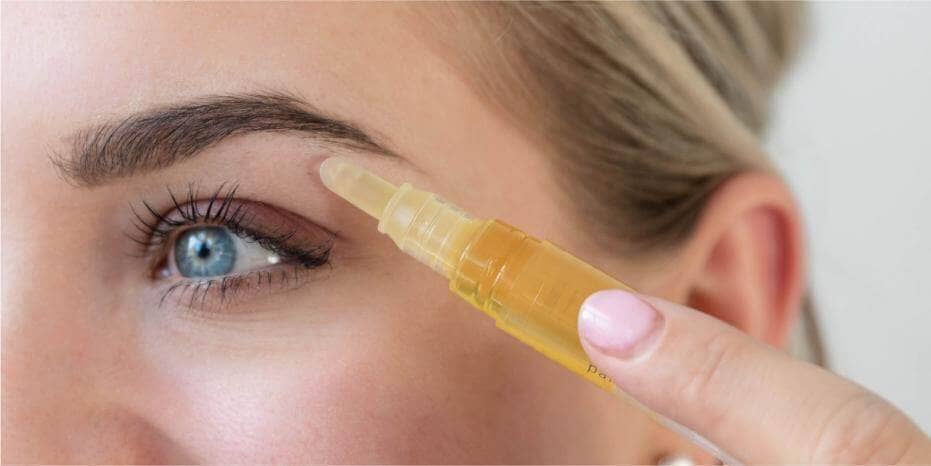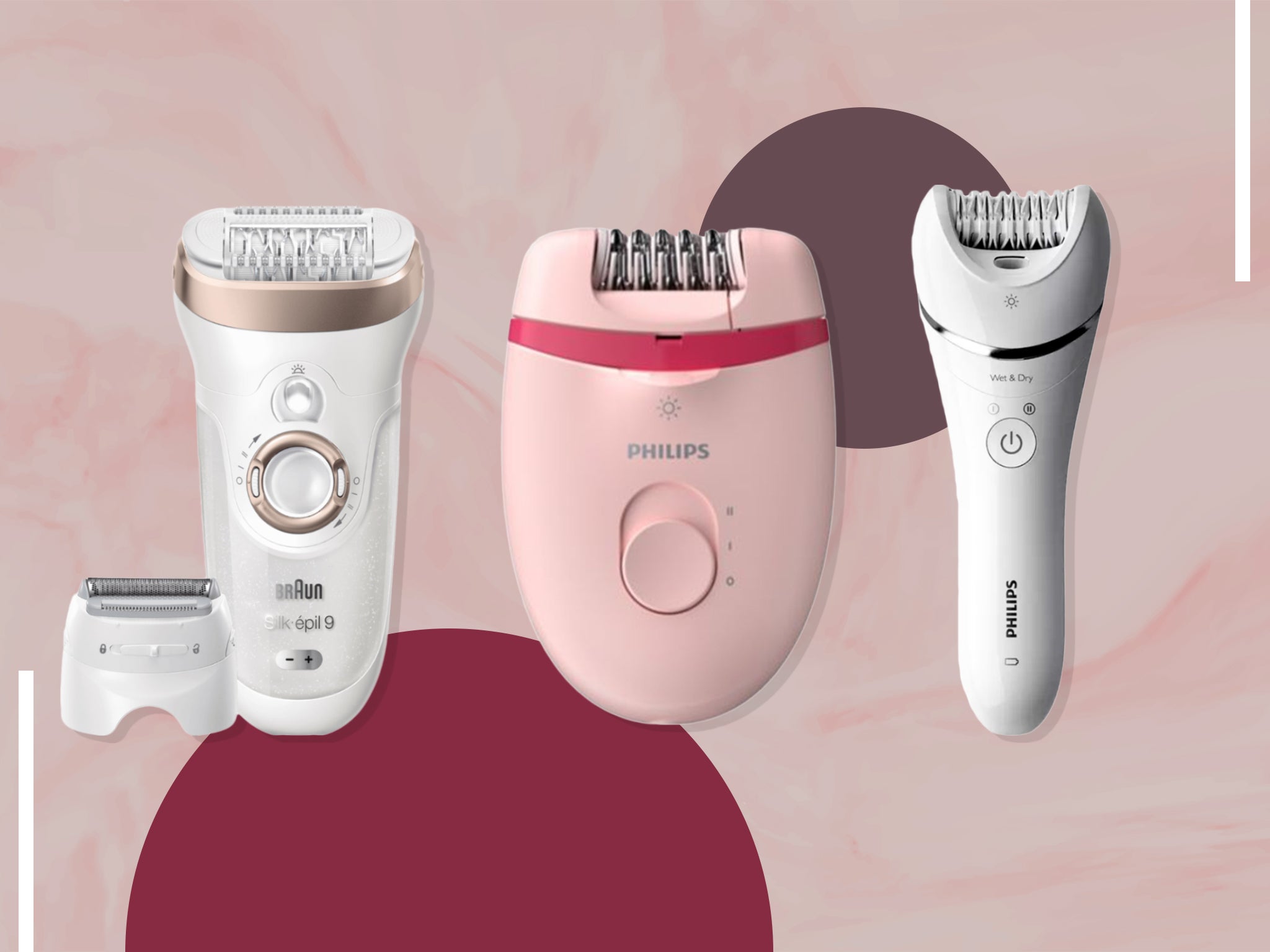Maintaining the look and feel of your pubic hair is ultimately a personal decision. Whether you prefer a natural, well-trimmed, or completely hair-free appearance for your private parts, there are various methods you can use to achieve your desired look. Understanding that the topic can be sensitive and confusing for some, this comprehensive article aims to answer common questions and provide an in-depth exploration of your options for managing pubic hair.
At-Home Methods for Managing Pubic Hair
Achieving permanent hair removal in the comfort of your home is difficult without professional intervention. However, there are several tried-and-true methods to effectively manage your pubic hair at home.
Scissors: The Simplest Tool

Scissors are an easy-to-use tool for those wondering how to manage pubic hair. They are particularly useful for quick trims and offer a low-risk option since they don’t come in direct contact with the skin. This reduces the likelihood of injuring yourself or contracting an infection in your private parts.
Before beginning, make sure your scissors are both sharp and clean to ensure a smooth, safe experience. Taking a comfortable seated position, you can use a handheld mirror to see areas that may be difficult to view directly. You can place the mirror between your legs at an angle that allows you to see without holding it, thus freeing both hands for a more controlled cut.
Shaving: The Go-To Choice for Many

Shaving is a long-standing method for pubic hair removal at home, favored for its ease and immediate results. Though generally painless if executed correctly, shaving does have its drawbacks, such as potential redness or irritation due to the razor’s direct contact with your skin.
When shaving, it’s important to proceed with caution. The skin in the genital area is delicate and prone to nicks and cuts if you’re not careful. For a successful shaving experience, use a high-quality razor and shaving cream designed for sensitive skin to minimize irritation.
Waxing: Long-Lasting but Painful

Waxing is a more long-term solution for those seeking smooth, hair-free skin. The advent of at-home waxing kits has eliminated the need for salon visits for this procedure. However, waxing can be painful and may cause irritation or even infection due to the sensitive nature of the skin in the pubic area.
Over-the-counter waxing strips are readily available at local drugstores. Despite its effectiveness, the process involves some pain, as you’re pulling multiple hairs out from their roots in one go. Additionally, if not done properly, you risk inflaming the hair follicles or causing minor skin tears.
Hair Removal Creams: Chemical Convenience

Hair removal creams have become increasingly popular as they offer a convenient and less painful way to remove pubic hair. These creams contain chemicals that weaken the hair, making it easy to wipe away after a short period.
While convenient and generally effective, it’s crucial to read the product guidelines carefully, especially if you have sensitive skin. A patch test is advisable before full application. The last thing you want is a chemical burn in such a sensitive area.
Tweezing: A Tedious Yet Effective Method

While tweezing is mostly associated with eyebrow grooming, it can also be utilized for pubic hair management. The process can be time-consuming and somewhat painful as it involves pulling individual hairs out by their roots. Given that you’re dealing with one hair at a time, it tends to be less painful than waxing but is inefficient for larger areas.
Epilators: Electronic Efficiency

Epilators are handheld electronic devices designed to remove multiple hairs by the root simultaneously. Though effective and convenient for at-home use, they can be painful and may cause skin irritation. Always read the user manual for best practices, and consider doing a small patch test to ensure your skin can handle the process.
Professional Options
- Salon Waxing
- Laser Hair Removal
- Electrolysis
Each of these professional methods comes with its own set of advantages and disadvantages, typically varying in cost, effectiveness, and the level of discomfort involved.
Risks and Considerations
While pubic hair removal is generally considered safe, it’s crucial to remember that each method comes with its own set of risks. These could range from minor skin irritation, redness, and inflammation of hair follicles (folliculitis) to more severe issues like skin tears or infections.
Conclusion
Choosing how to manage your pubic hair is a personal decision influenced by various factors including comfort, aesthetics, and lifestyle. Whether you’re a proponent of shaving, an advocate for waxing, or prefer using hair removal powder, the essential thing is to select a method that you find both effective and safe.
By considering your needs, assessing the various methods available, and taking into account the potential risks and benefits, you can make an informed choice about managing your pubic hair.
Frequently Asked Questions (FAQs)
Why would someone want to remove their pubic hair?
While pubic hair does serve biological functions like providing a barrier against bacteria, many choose to remove it for aesthetic reasons or personal comfort. The critical aspect is to choose a method that suits you best and causes the least damage to your skin.
Are there alternatives to shaving?
Certainly! Waxing, tweezing, and using epilators are excellent alternatives to shaving. If you’re looking for more permanent results, professional treatments like laser hair removal or electrolysis are also available.
Can natural ingredients like turmeric aid in hair removal?
While turmeric is known to slow down hair growth, its effectiveness is comparatively less than more established methods like waxing and shaving. It acts more slowly and is often used as an adjunct to other hair removal techniques rather than a standalone solution.


